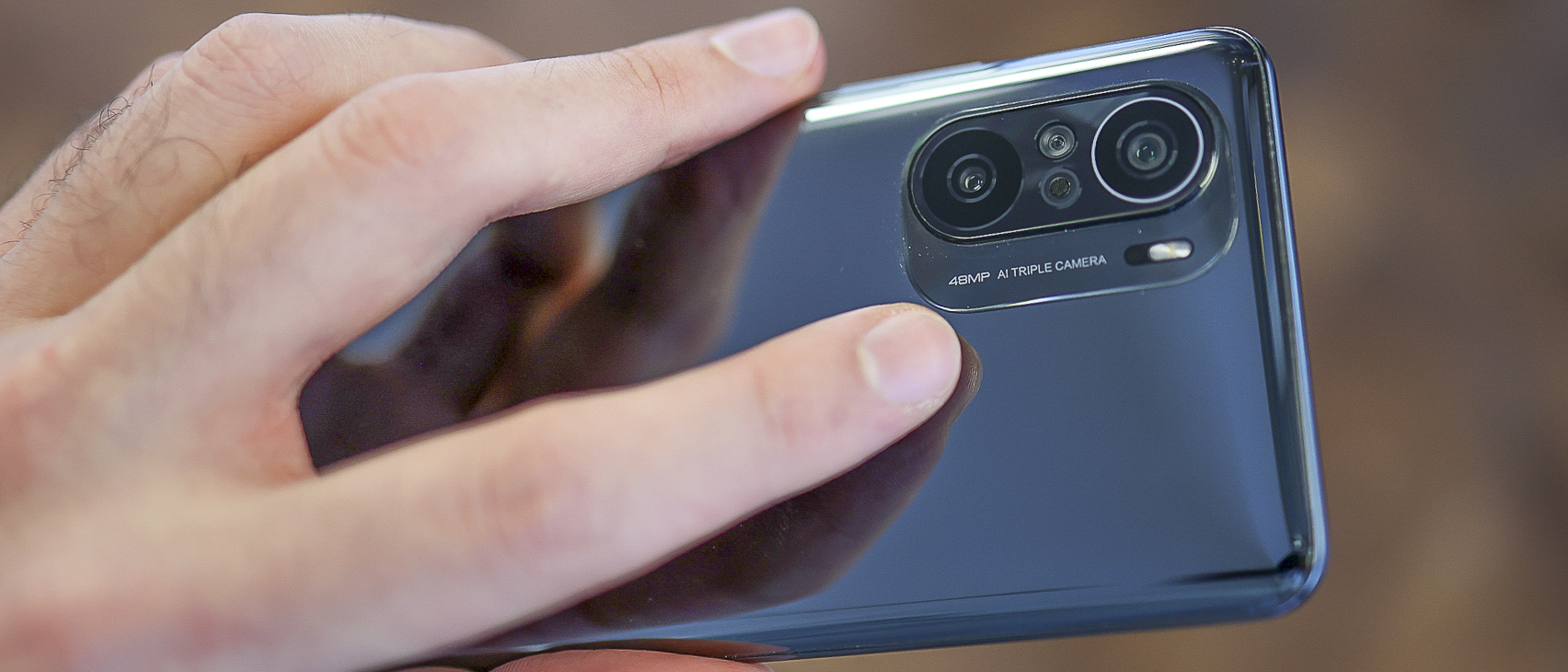Digital Camera World Verdict
If you’re in the UK, Europe or Australia, and have £329 (roughly US$465 or AU$550) to spend on a new phone, nothing else combines the power, screen quality, and 5G mobile data speeds the Poco F3 5G does. Its camera system misses out on the telephoto and ultra-wide quality of pricier, flagships, but you do get a welcome telemacro camera. Add stereo speakers and stellar performance to the mix, and you’ll be hard-pressed to get more screen quality and power for less.
Pros
- +
Excellent display
- +
Capable main and macro camera
- +
Powerful internals
Cons
- -
No telephoto camera
- -
No autofocus on ultra-wide
- -
Occasional touch-screen issues
Why you can trust Digital Camera World
The Poco F3 is the latest chapter in the Poco story - and fans of this budget brand are not going to be disappointed by this latest 5G-enabled handset.
Xiaomi’s Poco brand sits alongside the Redmi line as the manufacturer’s affordable alternative to its own, Xiaomi-brand phones, with the Poco F3 5G being a low-cost flagship-powered contender for best budget camera phone.
With its expansive, smooth 120Hz AMOLED display, the Poco F3 5G matches the excellent Redmi Note 10 Pro’s screen, but adds a mightier chipset to the mix. The F3 5G could be the best gaming phone you can pick up for the price given the power inside, and with an ample 4520mAh battery as well as 128GB or 256GB storage, the phone positively screams value for money on paper.
• The best Xiaomi phone guide
The cameras are less of a home run though. A 48MP main camera that misses out on optical image stabilization (OIS) is pretty standard at the price, as is an ultra-wide camera with no autofocus.
More interesting is the 5MP telemacro camera, with its 50mm focal length. The question is, do excellent value specs translate to a phone that’s fantastic in the real world, or are there hidden gremlins under the F3 5G’s hood?
Poco F3: Design and screen
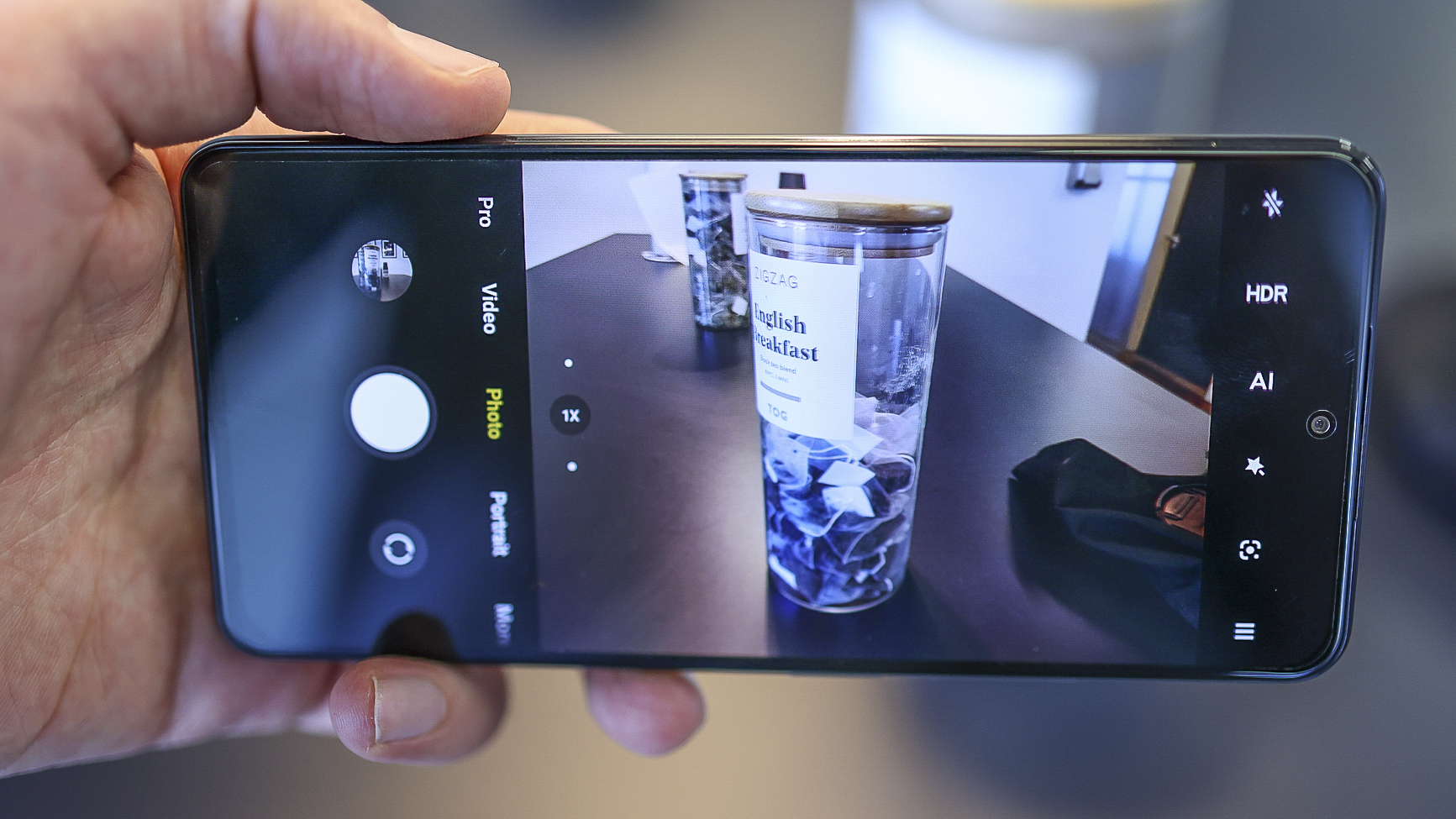
With super-typical dimensions for a smartphone these days, the Poco F3 5G, is relatively slender at 7.8 mm, while still sporting a sizeable screen that’s low on bezel, with a punchole selfie camera in the top center of the screen.
Unlike the cheaper, all-plastic Redmi Note 10 Pro, the F3 5G features a Gorilla Glass 5 back and front, though its frame is buffed plastic. While there’s no waterproofing, the phone is splash resistant, with an IP53 rating, a level of certification seldom seen at the price.
Xiaomi’s Poco F3 5G features a large, 6.67” AMOLED DotDisplay screen. While not the biggest phone in the Android world, it isn’t too far off. With its 2400 x 1080 resolution, the F3 5G has 395 pixels in every inch of screen, which makes for ample clarity too.
Sporting the same aspect ratio as the Xiaomi Mi 11 Ultra, the Poco F3 5G’s 20:9 screen is tall, and with a contrast ratio: 5,000,000:1 and HDR10+ support, the screen’s tonal range is exceptional for the price, making it fantastically suite to movies.
On sunny days, the Poco F3 5G’s screen beams with a peak brightness of 1300 nits, making for easy viewing. Thanks to the AMOLED technology behind the display, blacks are endless and deep, while colours pop fantastically. Also impressive is the F3 5G’s 120Hz refresh rate, and with Gorilla Glass 5 protection and a pre-fitted screen protector, it’s also well protected.
Ultimately, when it comes to looks, whether you’re talking about the F3 5G’s design or screen, the phone is a win for Xiaomi.
Poco F3: Cameras

The Poco F3 5G’s main camera module features a 48MP camera with a half-inch sensor, 0.8μm pixels, and four-in-one pixel-binning as standard. That means it captures 12MP photos unless you manually fire up the phone’s 48MP mode. We already know how this camera performs, after all, it’s the same sensor as found on the Xiaomi Mi 9T Pro and, more recently, the Poco X3 Pro.
With its 8MP ultra-wide camera, the secondary camera is clearly lower on pixels and power than the primary alternative. There’s no autofocus in sight on the ultra-wide either, though with a 119-degree field of view, low distortion, and an f/2.2 aperture, the lens specs read well.
One thing we love about the Redmi Note 10 Pro is the fact it ships with a 5MP telemacro camera. The same module found on the flagship Xiaomi Mi 11, it’s the best dedicated macro camera we’ve seen on an affordable line of phones. Making a reprise on the Poco F3, complete with its 50mm focal length, f/2.4 aperture, and autofocus (between 3cm-7cm), it’s a welcome addition.
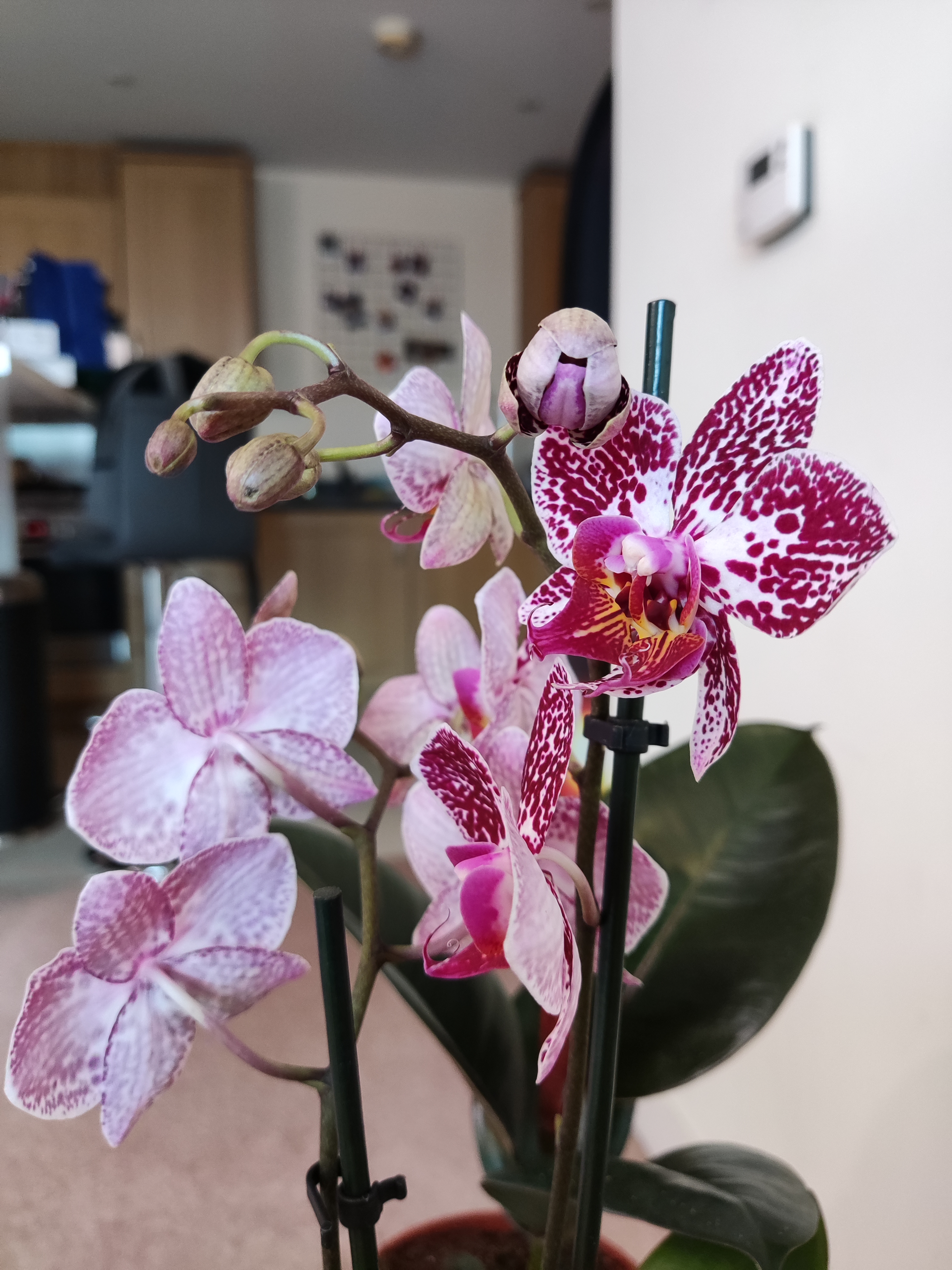


As for the selfie camera, it also gets a boost over the more affordable Redmi Note 10 Pro, with a resolution of 20MP and an f/2.45 aperture.
Xiaomi phones all pack loads of shooting modes, and the F3 5G is no exception, with modes out of the box including Auto, Pro, Photo, Video, Portrait, Night, 48MP, Short Video, Panorama, Vlog, Slow motion, Time-lapse, Long exposure, Dual video, and Clone mode available. The phone captures manual shots at up to 6400 ISO, and a 30-second shutter, with manual mode supported across all three lenses.
Poco F3: Camera performance
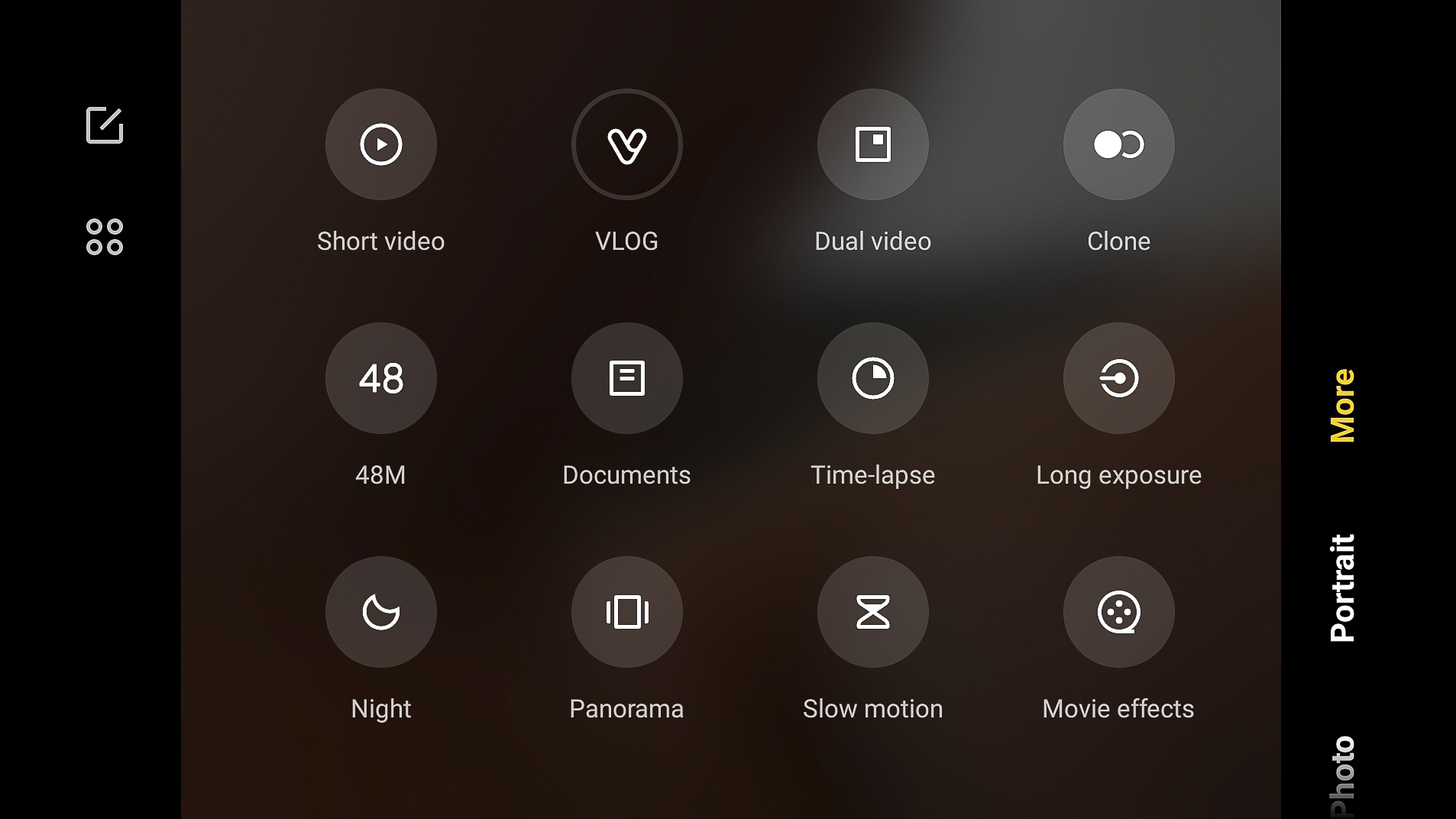
You can tell when you’re not using a flagship phone. Not because of the absent detail in photos non-flagships capture, but by looking at the tonal range, processing and depth of field. In turn, the Poco F3 Pro’s photos are plenty sharp, and are actually super-competitive for the price, however, miss out on the nuances that elevate phones like the iPhone 12 Pro, OnePlus 9 Pro, Samsung Galaxy S21 Ultra, and Xiaomi Mi 11 Ultra (or any top-tier Huawei phone).
Color and saturation from photos captured on the F3 5G are generally great, with Xiaomi’s photos having a natural zing to them. We even found AI mode, which usually ramps saturation way too much, to be more tapered than on previous phones, and as a point-and-shoot camera phone at (roughly $465), the F3 5G generally nails it.
With a night mode that fires up all by itself, captures, decent lowlight photos and delivers decent noise handling for a phone without optical image stabilization, Xiaomi’s also trickling down its smart imaging software from its high-end line to its affordable phones.


Unsurprisingly, the ultra-wide camera does indeed perform worse than the main camera in challenging scenes, and with its lower resolutions sensor, it also fails deliver shots that can be cropped into. Edge distortion, however, is minimal which is a boon. With no telephoto camera, you’ll have to accept that zoomed-in photos will be digital crops from that main 48MP camera.
As for the telemacro camera, while its 5MP resolution isn’t huge, feed it good light, and it gets shots that you wouldn’t be able to capture with the main camera. You can’t crop too heavily into them, but a slight reframe should be fine, and the results can be really fun.
The F3 also shoots 4K video at up to 30 frames per seconds, with electronic image stabilization (EIS) working across all resolutions. The ultra-wide and macro cameras can both be used for video capture too, though EIS doesn’t fire up when using the macro lens.
Poco F3 5G: Additional specs
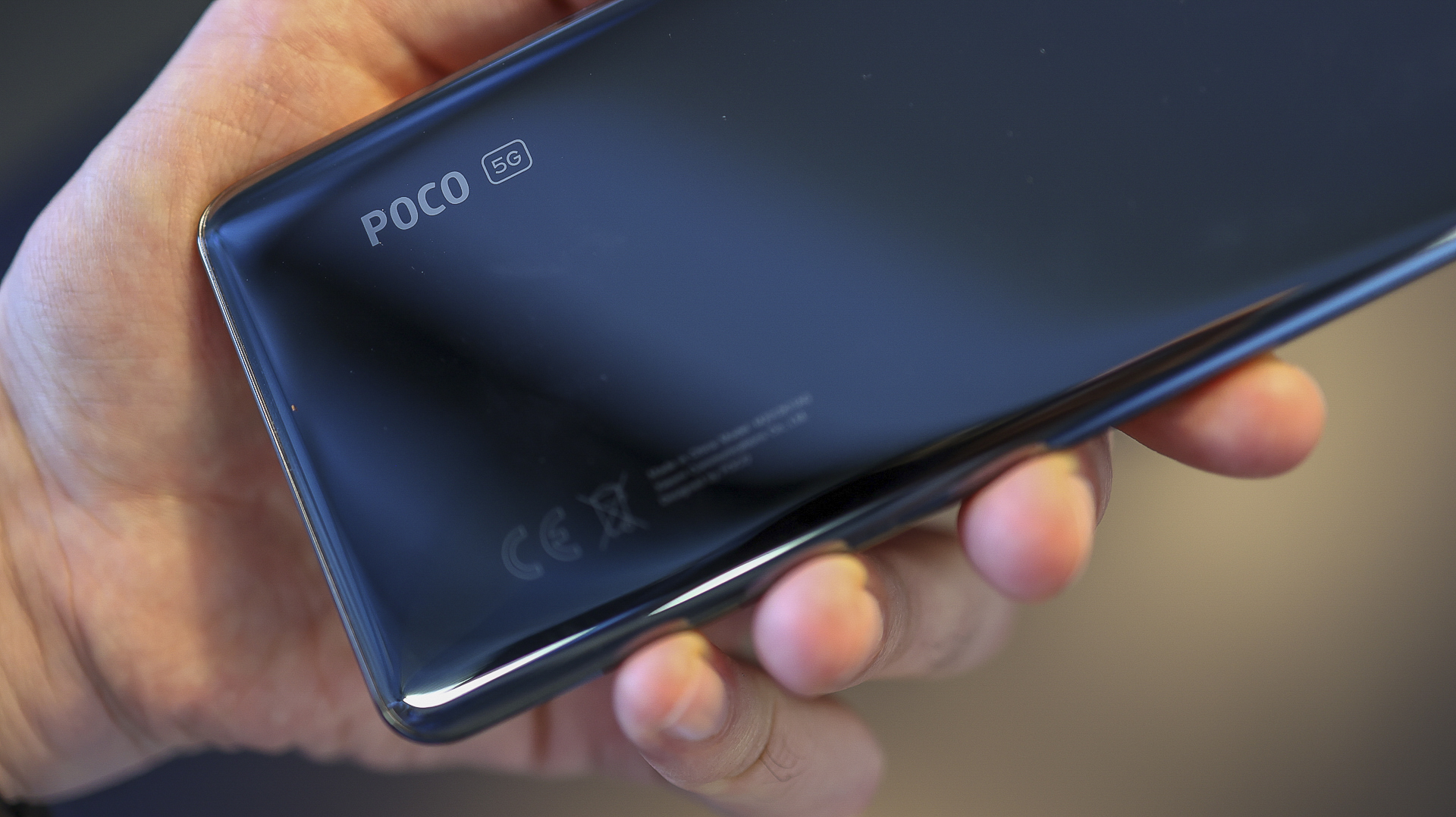
Powered by a Qualcomm Snapdragon 870 paired with 6GB or 8GB RAM, one of the main differences between the Redmi Note 10 Pro (and most low-cost phones), and Poco F3 5G is the power inside. The F3 effectively features a 2020 flagship processor, complete with 5G connectivity, so is up to the task of playing back top-tier games without any trouble.
Running Android 11 with Xiaomi’s MIUI 12 and Poco’s launcher over the top, there are a lot of layers to peel back on the F3 5G. Some of these aren’t so great – third-party adverts, for example when installing apps and occasionally buggy touch interaction. Other elements are excellent – few interfaces give you so much control over screen calibration as Xiaomi’s.
With a starting capacity of 128GB (6GB RAM version), or a maxed-out option with 256GB storage (6GB RAM), space for files, apps and photos won’t be an issue, which is lucky, given the fact there’s no microSD card slot for expandable storage.
Rounding off, the 4520mAh battery, which charges at up to 33W fast charging, easily lasts a full day, and powers the phone up in little over an hour, making for a fittingly strong finishing note for an ultimately great phone.
Poco F3 5G: Verdict
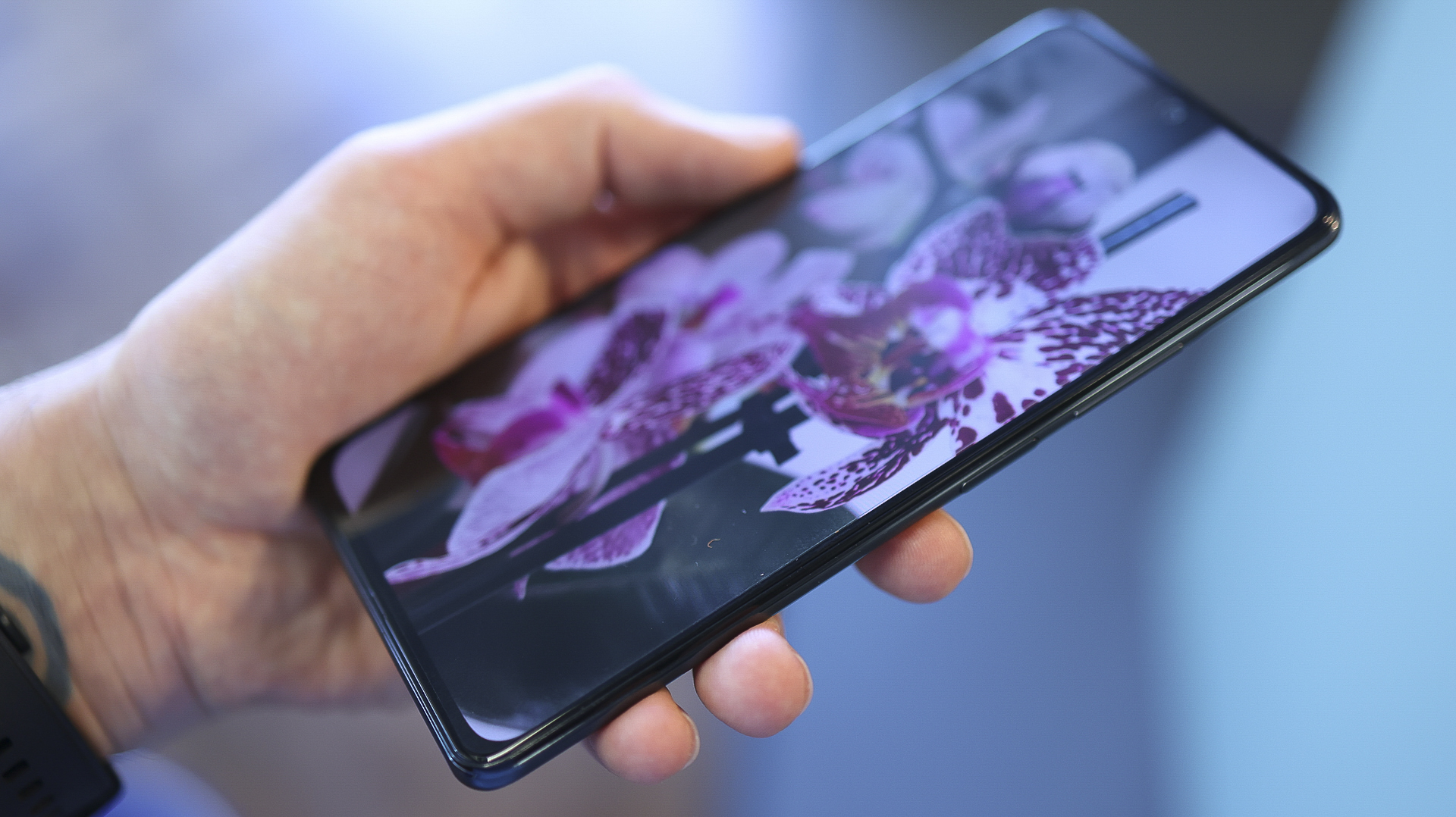
Xiaomi is, somehow, able to undercut the competition consistently, and the Poco F3 5G is another example of that fact. While the Redmi Note 10 Pro is a 108MP alternative with a better camera and inferior power, the F3 5G is the one for gamers, and anyone who wants fast mobile data speeds. From an imaging point of view, therefore, it’s not quite as impressive as some phones in its category, but that doesn’t mean the F3 isn’t one of the best camera phones of 2021 given its across-the-board value alone.
Read more:
• Best camera phone in 2021
• Best budget camera phones
• Best iPhone for photography
• Best burner phone
• Best 5G phone
• Best phablets
• Best flip phones
• Best phablets
Basil Kronfli is a freelance technology journalist, consultant, and content creator. He trained in graphic design and started his career at Canon Europe before moving into journalism. Basil is also experienced in video production, independently running the YouTube channel TechEdit, and during his time at Future, he worked alongside the Digital Camera World team as a senior video producer.
